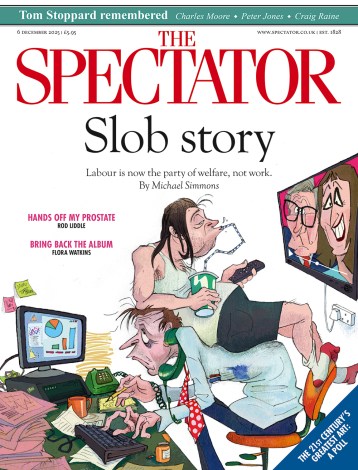It takes a bold author to open his book about ‘Guernica’ with a quotation from the Spanish artist Antonio Saura lamenting ‘the number of bad books that have been written and will be written’ about it. Fortunately, James Attlee’s study of Picasso’s superstar work of art is not a bad book and he builds on a solid cultural and historic understanding of the painting to collate 80 years of evolving reaction to it.
Attlee begins in May 1937, when, at the height of the Spanish Civil War, the Spanish Republic commissioned Picasso to create a painting for its pavilion at the World’s Fair in Paris. They hoped the famous artist would help secure sympathy, funds and, significantly, political intervention in the Republican cause. Picasso initially struggled to find a subject, but was eventually galvanised by reports of the Nationalist-led Luftwaffe’s Blitzkrieg assault on the undefended Basque town of Gernika.
His response to the attack was completed within a month and soon took its place within the Republic’s pavilion, designed by the Catalan architect José Lluís Sert. The initial reception was mixed. Many on the left found it too cubist, insufficiently realist for the proletariat to understand. The Basque artist José María Ucelay saw it as nothing more than ‘pornography, shitting on Gernika’, and Attlee draws valid comparisons with some of the more popular and accessible works in the exhibition.
Nearby stood the Vatican pavilion, hosting work from the rival Catholic Nationalist regime; Paris had effectively become a cultural front of the Guerra Civil. Attlee notes the inclusion of the great muralist José María Sert in the Nationalist camp but not that he was the uncle of Sert, the Republican architect. It is an interesting connection and some detail on the unique motives behind the painter’s Francoist position (he was motivated by the wartime destruction of his life’s work in Vic Cathedral) would have been another welcome counterpoint to the story of ‘Guernica’.
The celebrated canvas left Paris to embark upon a restless international tour, first as a travelling salesman for the Republican cause and then as a gallery fixture in New York. Attlee digs up rich examples of the debate and devotion that invariably attended the painting. Eventually, in 1981, after much political and legal wrangling, ‘Guernica’ moved to Madrid, where, not without irony, it began a new life as an overt symbol of Spanish democracy and unity.
‘Guernica’ is a painting beset by awkward contradictions, though. It is both laden with symbolism and frustratingly opaque. The licking flames, anguished women, dead baby and fallen soldier (or is it a statue?) speak for themselves; but what of the bull, the lamp, or the flattened pictorial space? Why the monochrome paint? Are those dashed marks on the horse redolent of newsprint or hair? The paucity of absolute answers invites endless questions, and Attlee rightly shies from categorical conclusions. Picasso’s own interpretation veered around. If pressed, he might elicit what seemed a definitive answer only to contradict it in his next interview. ‘It’s up to the public to see what they want to see’ may be his most satisfactory response.
Perhaps because of this symbolic fluidity, ‘Guernica’ has maintained a relentless, timeless grip on our collective psyche. Politicians readily invoke it in support of their arguments; artists adopt and adapt it; and protesters recycle it endlessly: ‘Guernica’ placards, inevitably, led recent protests in Barcelona. A tapestry version, authorised by Picasso, hangs outside the Security Council Meeting Room at the United Nations in New York, supposedly a salutary reminder to the powers within. Attlee records the decision to obscure this image behind a blue curtain when Colin Powell stood before it to discuss the imminent invasion of Iraq in 2003 — ‘Shock and Awe’ being the 21st century’s own Blitzkreig — which was at best dreadful PR, at worst a conscious act of hypocrisy.
‘Guernica’ literature abounds; but this book is a worthwhile addition. Nevertheless, I finished it feeling glum. In attaching eight decades of horror and hope to this painting, Attlee underlines our failure to overcome the brutality that inspired it. Fear remains the currency of conflict; war endures; and, shockingly, Spain teeters once more on the edge of an uncertain future. Picasso declared that ‘art is an instrument of war’, but, if true, it has proved a sadly ineffectual one.






Comments